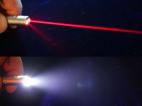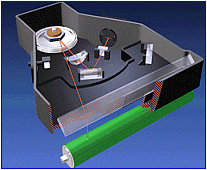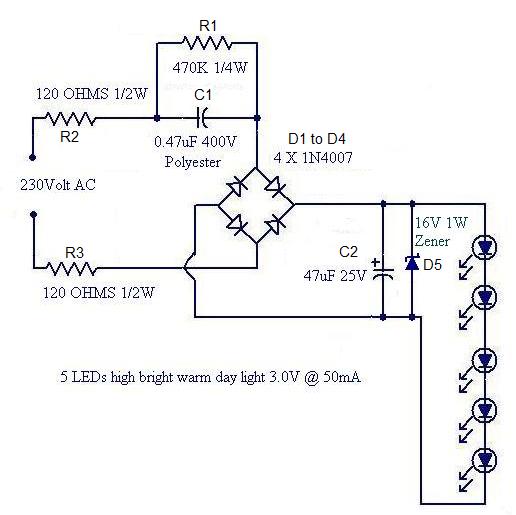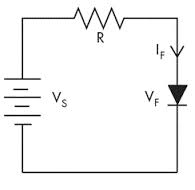 LEDs LEDs |
|
|
|||||||||||||||||
LED lighting technology has almost surpassed incandescent bulbs and fluorescent tubes and due to their ....... 1) conservative use of electrical energy 2) superior longevity 3) and ruggedness. 40 billion LEDs are made each year and the number rises each year
LEDs are diodes that are made using dopant atoms that make it more difficult for electrons to cross the junction. The resulting higher forward voltages impart the electrons with higher energy that release higher energy photons in the visible light spectrum. A big breakthrough in LED technology was the development of the blue LED that allowed for the additive RGB system for flatscreens and the ultraviolet LED for medical use. (sterilizing, whitening teeth) L E D
lights are a type of diode that are increasingly replacing
incandescent lighting systems. Once relegated to the role of indicator
lights on appliances and computers they are now found in service in
industrial locations such as traffic lights, car
signals, advertising billboards, lasers, recording and storage media and
even medical therapeutics such as lasers and healing light sources.
LEDs are also used as isolating switch triggers (Optocoupler) that separate power source
from signal.
Blue LEDs have short wavelengths and thus feature greater bandwidth possibilities such as Blue Ray DVD - RGB flat screens blue was the missing element in the RGB additive colour system
Operation
- LEDs are diodes made of N + P type crystal however the crystal All 3 primary additive colours RGB can now be generated by LEDS and hence the full colour spectrum can be reproduced!! Great for Jumbotrons and other billboards.
|
|||||||||||||||||||
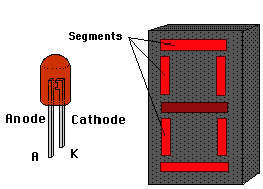
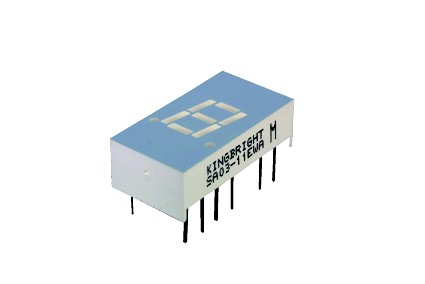
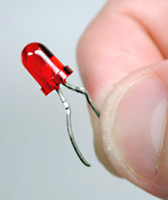

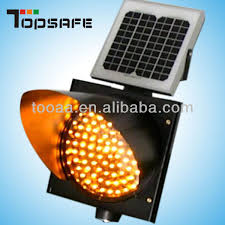
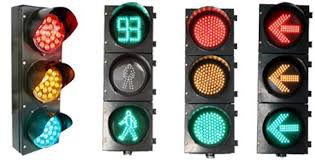
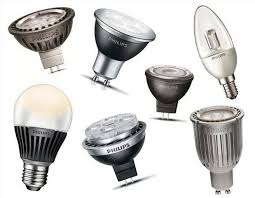
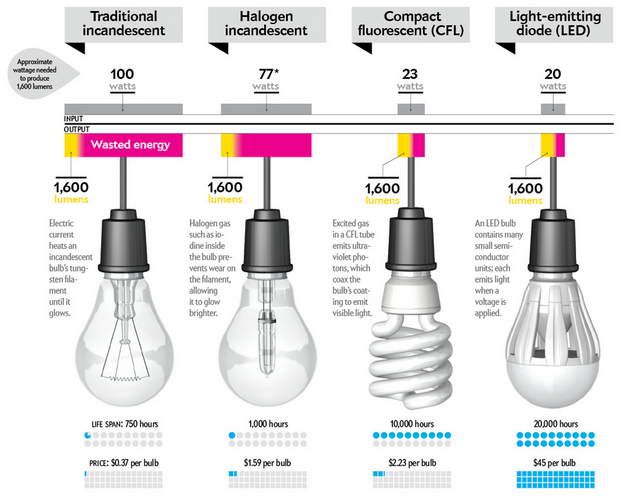


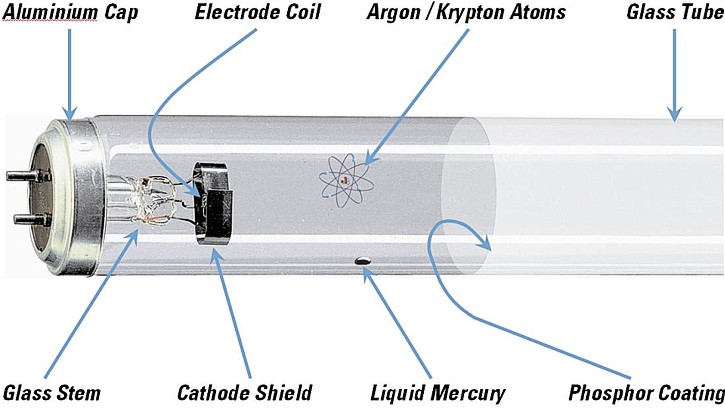

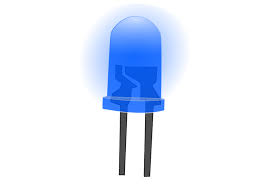
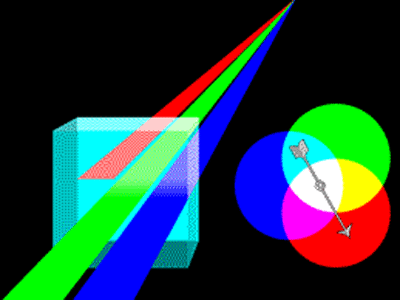 materials are different.
materials are different.